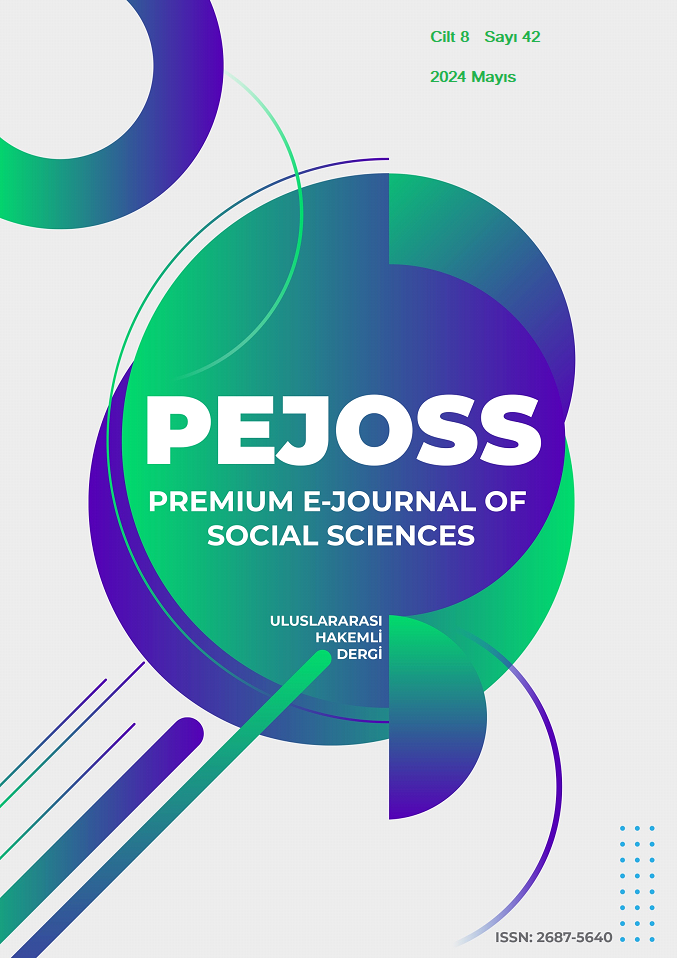Religion, Tafsir, Sect, the Context Between Them and the Effects of Tafsir on Sects
DOI:
https://doi.org/10.5281/zenodo.11503198Keywords:
Religion, Holy Quran, Sect, InterpretationAbstract
People who were sent to earth along with the history of the world's existence have continued their lives within belief systems since the day they existed, and belief has always had an important place in their lives. Besides their own religious beliefs, they have always had an interest in other beliefs and traditions. While each religious tradition creates its own behavioral structure and its framework of belief, it has always been in communication with other religious traditions. The Holy Quran was sent to address all segments of society; The opportunities of the region were tried to be understood with the talent, intelligence and scientific knowledge of the people living there, and from this the science of tafsir was born. Hz. After the death of the Prophet, both the Quran and the Prophet Muhammad. Sects were formed with different interpretations of the sunnahs of the Prophet. The aim of this article is to examine all aspects of the phenomenon of religion, the relationship between interpretation and sects, and the effects of interpretation on sects. Scientific articles and master's theses were examined for the research. Although the purpose of the emergence of sects was in the political and social fields, it has been observed that they later spread to the fields of faith and belief. The emergence of sects as a result of numerous and different interpretations has had many effects on social, political, worship and belief.
Downloads
References
Asım Efendi, (1304), Kamus Tercümesi, İstanbul.
Bağlıoğlu, A.,(2021). Mezhepsel Çoğulculuk ve Temelleri, e-makalat Mezhep Araştırmaları Dergisi (14/1)
Bergson, H. (2004). Ahlakın ve Dinin İki Kaynağı (Çev., M. Yakupoğlu). Doğu Batı Yayınları.
Cevheri, A. (1979), es-Sıhah, Beyrut.
Gündüz, T. (1998). Türkiye’de Cumhuriyet Dönemi Din Eğitimi Ve Öğretimi Kronolojisi (1923-1998). Uludağ Üniversitesi İlahiyat Fakültesi Dergisi (7/1)
Günay, T.& Küçük, A.M. (1993). Dinler Tarihi. 2. Baskı, Ocak Yayınları.
İbn Manzur, (1994), Lisan’ül-Arab, C.: XIII, Daru’s-Sadr Yayınevi.
Kutlu, S. (2002). Türklerin İslamlaşma Sürecinde Mürcie ve Tesirleri, Diyanet Vakfı Yayınları, 2002
Kutlu, S., (1997). İslam ve Mezhepler. İslam’ın Bugünkü Meseleleri (Ankara: Türk Yurdu, 1997), 346–357.)
Macdonald, D. B., (1988), “Din” md., İslam Ansiklopedisi, C.: III, Milli Eğitim Basımevi.
Onat, H. (2003). Türkiye’de Din Anlayışında Değişim Süreci, Ankara Okulu.
Onat, H.,(2005). Mezhep Kavramı ve Mezheplerin Doğuş Sebepleri, İlahiyat Fakültesi Dergisi, Oş, 2005.
Onat, H., Kutlu, S., (2014). İslâm Mezhepleri Tarihi’ne Giriş. İslâm Mezhepleri Tarihi-El Kitabı, Ankara: Grafiker Yayınları.
Püsküllüoğlu, A. (2006).Türkçe Sözlük. Can Sanat Yayınları.
Tümer, G. (1986). Çeşitli Yönleriyle Din. Ankara Üniversitesi İlahiyat Fakültesi Dergisi, C: XXVIII, Ankara: Ankara Üniversitesi Basımevi.
Türkçe Sözlük, (2005). Türk Dil Kurumu Yayınları.
Downloads
Published
How to Cite
Issue
Section
License
Copyright (c) 2024 Premium e-Journal of Social Science (PEJOSS)

This work is licensed under a Creative Commons Attribution 4.0 International License.


